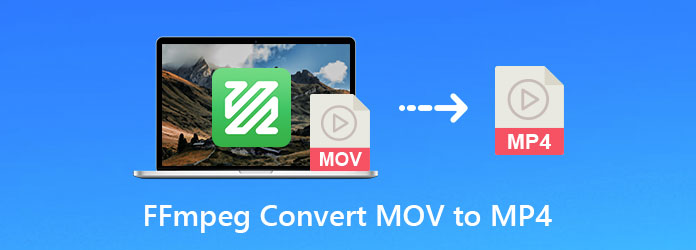
Making some modifications and seeing if it looks or sounds better is the best technique. The compression process can be highly subjective at times, and it may not always perform as planned.

If the quality of an existing source is already poor, increasing these values will not enhance it.Ĭhanging these settings is the most efficient way to compress a high-quality stream into a smaller file.

The most straightforward method is to set a preset video size:įfmpeg -i input.mp4 -c:a copy -s hd720 output.mp4įrame rate and bitrate adjustments are two simple yet efficient methods for changing media quality. You can also use FFmpeg to change the dimensions of your video.
FFMPEG MP4 ANDROID ANDROID
Transfer video to iPhone, iPad, Android and other devices easily.

The command below creates a new Matroska with the audio stream copied over and the video stream’s frame rate forced to 30 frames per second, instead of using the frame rate from the input ( -r 30).įfmpeg -i input.mp4 -c:a copy -c:v vp9 -r 30 output.mp4 Built-in video editor allow to trim, crop, add subtitle, watermark, effects to the video. For example, the below query will copy the audio ( -c:a copy) from input.mp4 and convert the video to a VP9 codec ( -c:v vp9) with a bit rate of 1M/s ( -b:v), all bundled up in a Matroska container ( output.mp4).įfmpeg -i input.mp4 -c:a copy -c:v vp9 -b:v 1M output.mp4Īnother technique to improve video quality is to use the -r option to change the frame rate. It’s sometimes difficult to predict what will happen without putting something to the test. In other situations, it may only affect the file size. Changing bitrates can sometimes make a significant impact on subjective quality. The ability of humans to see and hear isn’t as simple and straightforward as we’d like to believe. The most straightforward technique is to alter the bitrate, with -b flag, which may or may not result in a difference in quality. There are a few techniques that influence the quality of a video when it is compressed to a lower size. Before we dive into the tutorial steps, let's understand how FFmpeg works in general. I just use the following command to convert a gif file to mp4 but the resulting mp4 file doesnt play in android default video player.


 0 kommentar(er)
0 kommentar(er)
